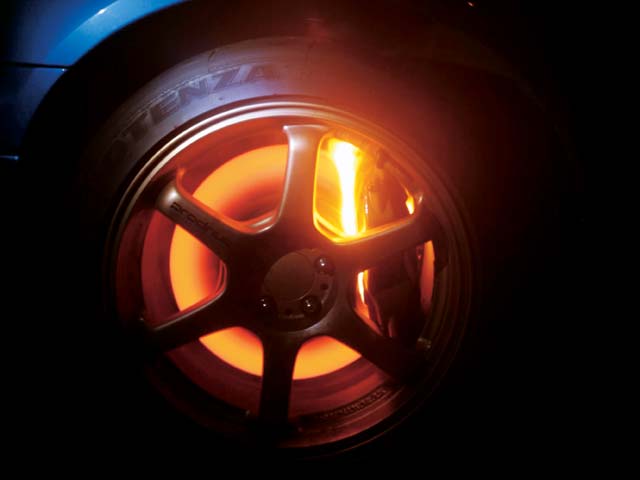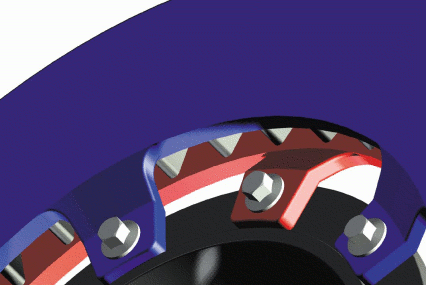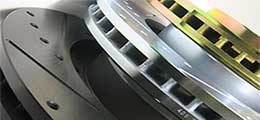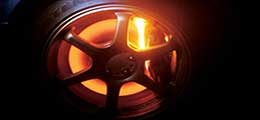
Source: gtplanet.net
There are a few different reasons heat will affect your braking performance and predictability. With the right brake setup, heat problems can be avoided in the first place.
A stock braking system on a street car will perform poorly in race applications, and race vehicles need quality brake systems. Of the various methods available to improve the performance of a braking system, a majority exist as a way to either increase the amount of heat created or heat dissipated.
The reason to increase heat creation in a braking system is to generate added stopping power. A braking system works by converting the kinetic energy of a vehicle into heat through friction, so more heat means more friction and stopping power. The drawback of increasing the heat generating properties of your braking system is that heat dissipation is much harder to accomplish once you have done so. Brake systems that can’t dissipate the heat adequately can cause braking failure, damage, or unpredictability.
Some brake rotors/pads are great at producing a good amount of friction, but are poor at dissipating heat and vice versa. Additionally, braking materials can handle various heat loads depending on their molecular structure.
What you choose for braking component materials should depend on your braking habits. In racing applications, you certainly need a higher grade of parts to dissipate a higher amount of heat generated. In this application, you can use a ceramic material for your chosen brand of rotors and pads, and experience a higher level of heat dissipation and lower weight properties that will increase performance all around.
Also available for racing applications are thin stainless steel brake rotors that reduce weight and allow for a greater surface area to increase cooling. These thinner brake types can be used in less aggressive tracks or drag racing.
 * Source: http://daliracing.com
* Source: http://daliracing.com
If you are planning on street racing (legally), then a brake rotor component set that has less material weight and higher surface area can be the ideal choice. Since this typical street component setup has a lesser overall heat capacity but a higher heat dissipation rate, the drilled and slotted rotor can be perfect for the application.
Most drivers discover they need a greater capacity of heat in their braking system when they have encountered brake system variance. When the brake rotors on the performance vehicle heat up past their critical level, they will begin to transfer this heat to the system brake fluid.
When the brake fluid heats up to a boiling point, the brake fluid viscosity decreases and alters the function of the hydraulic braking system. This event is known as ‘brake fade’ and for the most part renders the braking system null and void.
If you have experienced brake system failure due to brake fade in the past at a critical time, then you are in the market for an upgrade.
Brake component upgrades that can increase braking system heat capacity are as follows:
Brake Rotor Materials- Ceramic, and Stainless Steel
Brake Fluid Type- Some have a higher affinity for water, making them easier to boil. Choose a brake fluid that has a higher boiling point.
Brake Rotor Mass- Thickness and diameter of the rotor will allow for more overall heat capacity.
Brake Pad Material- Ceramic pads will retain less heat and transfer more of it to the rotor.
For a high performance street car, recommend upgrades include a good quality semi metallic brake pad with a high performance cross drilled and slotted rotor.
For a race vehicle, parts recommended for increased heat capacity include ceramic rotors and pads. A second choice for an upgrade can be a layered stainless steel braking rotor with a very high surface area.







